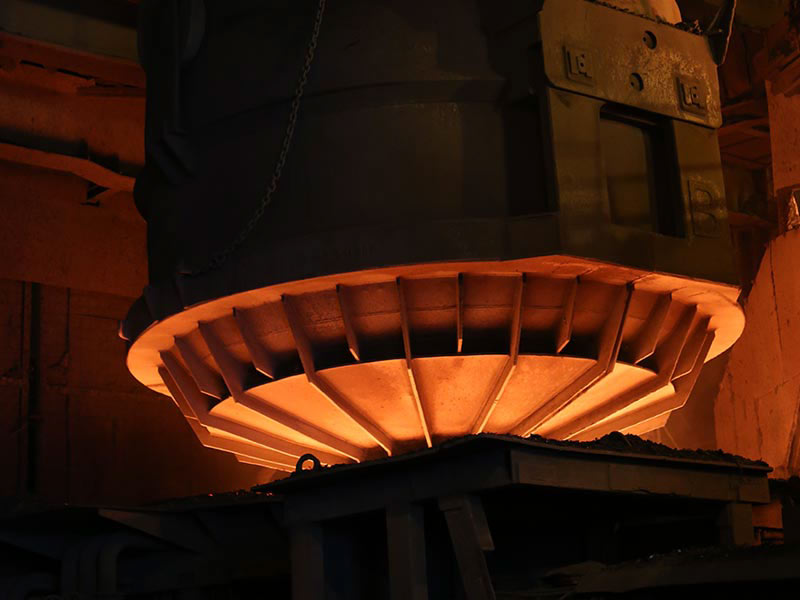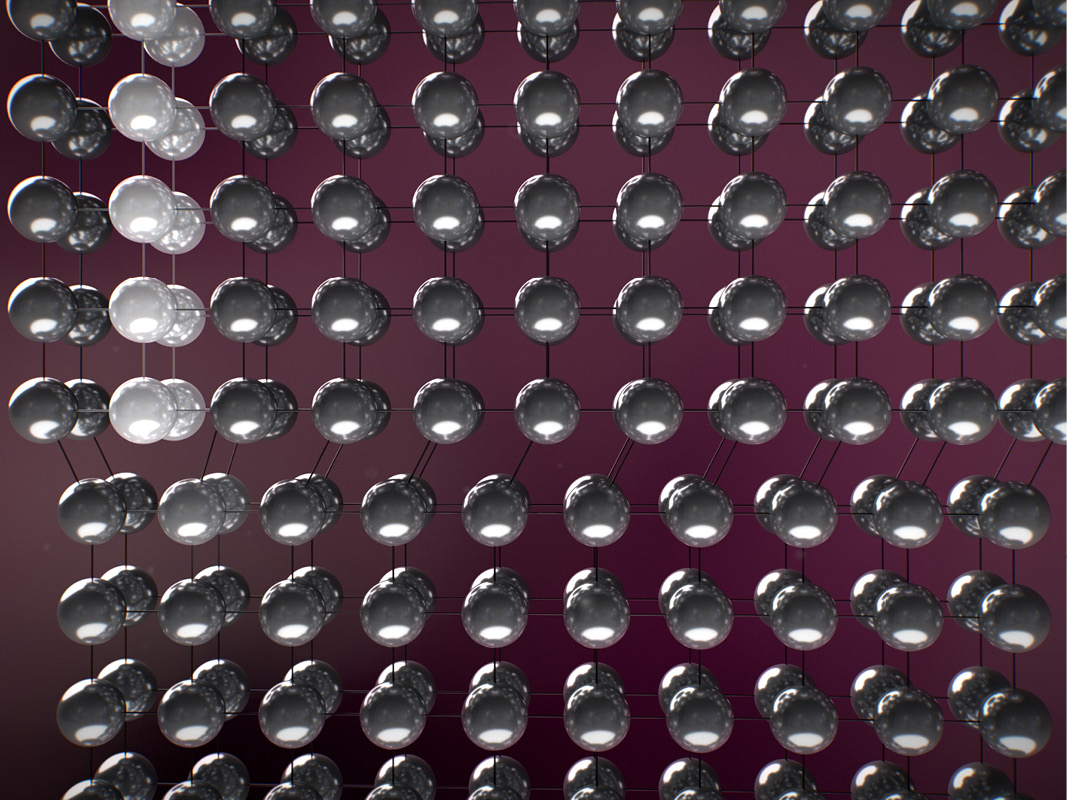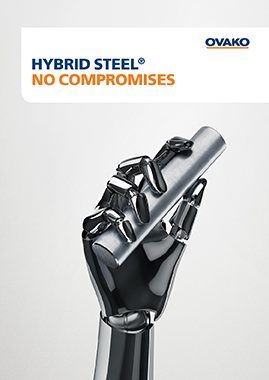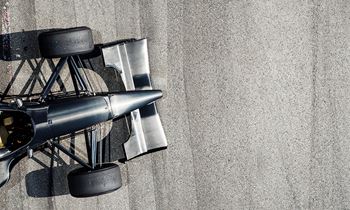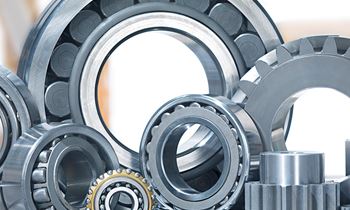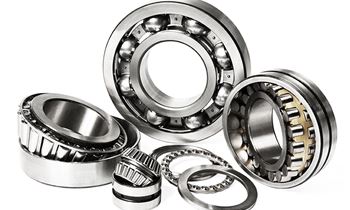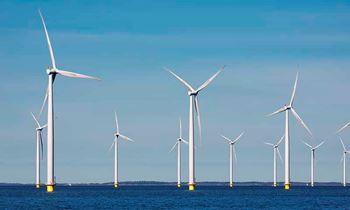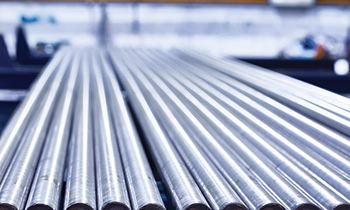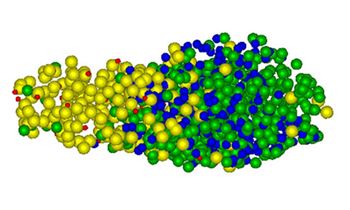Hybrid Steel® is the result of the first successful combination of two well-established mechanisms: the simultaneous hardening by both carbides and intermetallic precipitations.
The world of steel has traditionally been divided into clearly separated categories of tool steel, maraging steel, stainless steel, and lower alloy engineering steel. Hybrid Steel® is challenging that division, offering attractive properties from all three categories.
Hybrid Steel is designed to meet the demands of high-stress, elevated-temperature applications where mechanical and fatigue strength are critical. Traditionally, steels for these applications are produced by expensive small-batch processes. Hybrid Steel, however, enables high volume production at a competitive cost.
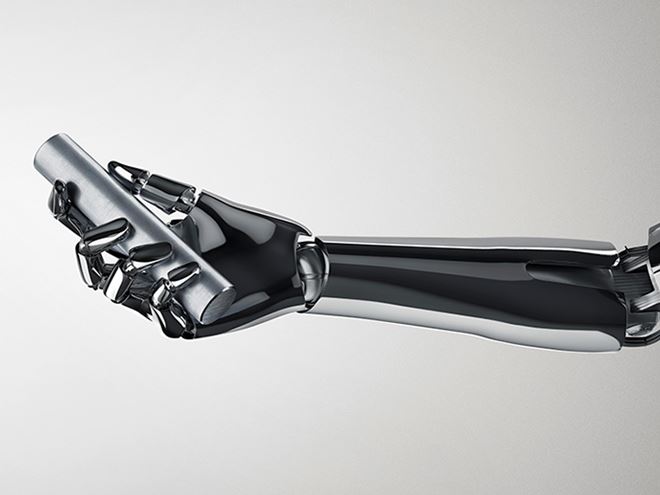
The result is a steel with three times the yield and tensile strength of conventional steel at temperatures up to 500°C. These properties are ideal for a wide variety of highly-stressed applications such as engine components, bearings, and tools for various purposes. And because Hybrid Steel develops its full properties after tempering at temperatures with very low distortion, manufacturers will be able to eliminate production steps. The low distortion enables strongly reduced manufacturing costs, especially when grinding is an important consideration.
For example, a component could be machined to its final dimensions in a softer condition, followed by a simple heat treatment process to achieve full strength. This approach reduces complexity and costs. Several other properties add to the benefits of this remarkable breakthrough. We are in fact only starting to discover the opportunities with Hybrid Steel in many diverse areas.
Advantages of Hybrid Steel®
- Low segregation
- High steel cleanness
- High strength at elevated temperatures
- High volume, cost effective
- Low distortion after heat treatment
- Good corrosion resistance
- Excellent surface possibilities
- Ultra-high strength with good weldability
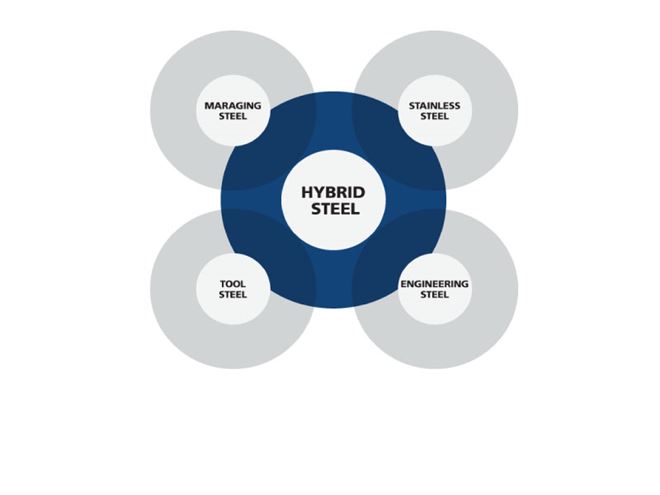
Benefits across the entire value chain
Since Hybrid Steel develops its hardness after tempering, it can be machined in a softer condition and hardened without risk of distortion. This means that a conventional process can reach a significant reduction in complexity and cost.
Low distortion after treatment enables savings in grinding and reduced scrap in production. High strength enables a component design with lower material use.
High cleanness, wear and corrosion resistance, along with the high strength at elevated temperatures, enables a high performing product over time, with reduced breakdowns and increased lifetime.
For further information, please contact Fredrik Lindberg, fredrik.lindberg@ovako.com
Downloads
We made it! But we are still not satisfied
What a journey! It took years of hard work to make our steelmaking operations more sustainable. In 2022, we went carbon neutral in all operations. But we´re still not satisfied - our journey continue for products with no CO2 emissions.
Read more about our path to carbon neutrality
